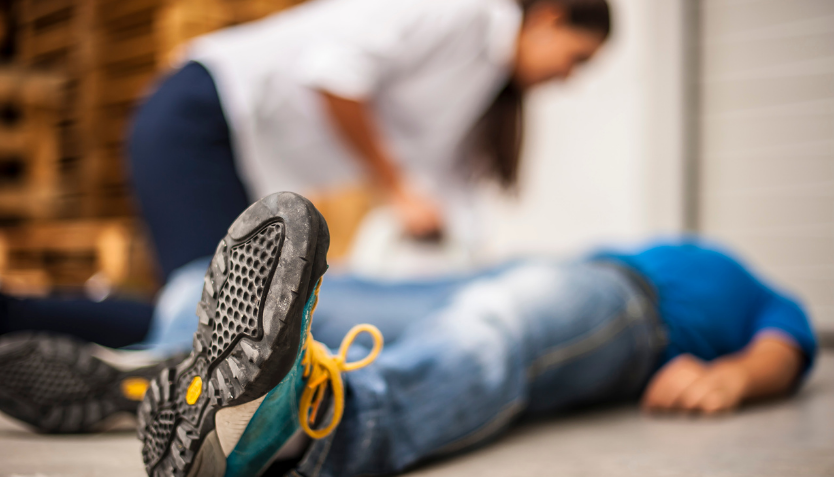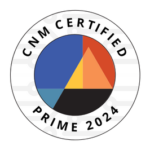There’s no question that Automated External Defibrillators (AEDs) are powerful tools during a cardiac arrest event. AEDs have the ability to shock a heart back into normal rhythm, saving countless lives each year. Easy access and quick use of AEDs can make the difference between life and death.
While Living for Zachary advocates for widespread AED placement in as many public locations as possible, statistics show that many cases of SCA occur in locations where AEDs are not typically found. For example, the American Heart Association reports a whopping 88% of cardiac arrests happen at home.[1]
So, when you’re in a life or death situation with no AED, what CAN you do? By following a few simple steps, you can still help a heart in need and increase chances of survival from SCA:
STEP 1: Call 9-1-1
Once you suspect SCA has occurred, it’s important to get professional care to the scene as quickly as possible. Emergency response teams will have advanced equipment and training that you don’t have, and will be able to assess and care for the victim in the most effective manner upon arriving. Be sure to give the 9-1-1 operator your exact location and any other important directional notes. Unlock doors they may need to pass through to reach the victim. The operator will be able to give you helpful advice for caring for the victim until further help arrives, and can even walk you through the steps to performing CPR.
STEP 2: Perform CPR
CPR, or cardiopulmonary resuscitation, is a life-saving technique that can help keep blood pumping throughout the body to crucial organs after SCA occurs. Immediate CPR use can double or triple a victim’s chance of survival1, so even if an AED isn’t available, performing CPR can make an incredible difference! Push hard and fast at the center of the chest at a rate of 100-120 beats per minute. If you are trained in using CPR with compressions and breaths, incorporate breaths as well.

Note: if you are alone with the victim, put 9-1-1 on speaker phone while you begin performing CPR. If someone else is with you or another bystander comes to help, one of you can stay on the phone with 9-1-1 while the other performs CPR. You can even take turns performing CPR to keep from exhaustion – just ensure you are transferring quickly to keep the compressions going!
STEP 3: Keep going!
Without an AED, now is the time to continue compressions until EMS arrives to take over care of the victim. CPR should be continuous to act as a victim’s “heart beat” until the heart can begin pumping again. While an AED would typically be used at this point to assess and provide one or multiple shocks to the heart, by continuing CPR, you can provide critical assistance to the heart in the minutes before further help arrives.
It’s important to recognize that responding to a cardiac event and performing CPR can be physically and emotionally exhausting. Attending a CPR class can help you to practice a variety of scenarios and rehearse quick response, while also getting you accustomed to the exertion required to perform CPR. While you can never fully prepare for what it might feel like to be in this life-or-death scenario, spending time in training can help you to feel more in control and aware if the time comes.
What if I’m in public and I have no clue if an AED is nearby?
Here are a few helpful tips if you’re not sure whether an AED is close:
- Ask another bystander to look for one and call 9-1-1. If you’re in a building, yell for a staff member and ask them if there is an AED. If there is, they should be able to retrieve it for you while you perform CPR.
- Utilize teamwork! Make sure someone stays with the victim to begin CPR. Precious time is lost for every minute a heart in cardiac arrest does not receive CPR.
- Before you’re in an emergency situation, take time to look around your office, school, and other frequently visited locations to see if there is an AED onsite. Ask the front office or a staff member to show you where the AED is kept. Prepare BEFORE the emergency and you’ll be better equipped to act DURING the emergency!
Is your youth-based organization in need of an AED? Apply for one through Living for Zachary’s AED Donation Program.
[1] American Heart Association


